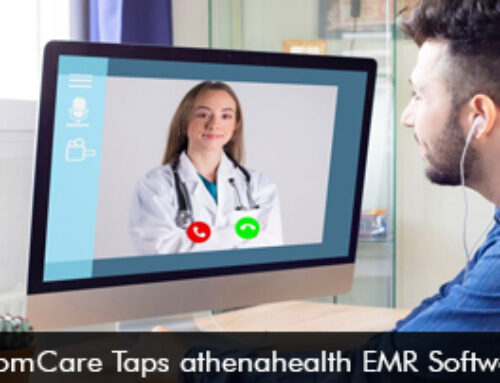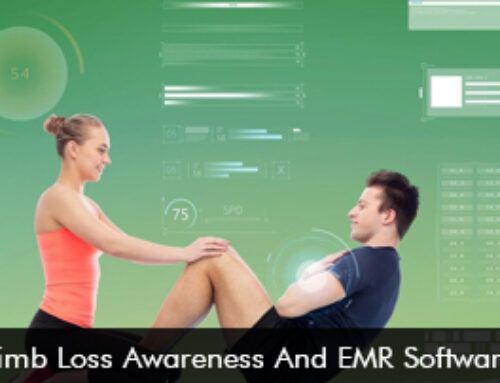Healthcare organizations and hospitals in the United States have deployed Electronic Health Records (EHR) Software to streamline daily workflows. According to the 2018 Annual Update on the Adoption of a Nationwide System for the Electronic Use and Exchange of Health Information, 96% of non-federal acute care hospitals and 78% of physicians based in office leveraged certified Health IT. The EMR software system allows for the secure storage and exchange of patient data to improve care coordination.
What is an EHR Software?
Electronic Health Records are robust solutions that store a patient’s medical information in a digital format. These records are up-to-date and can be viewed by the physician in real-time to support care decisions. Only authorized users can access the patient information, including medical history, medications, treatment plans, and lab results.
Features present in a top-ranked EMR Software
A good EHR software will offer the following tools and capabilities to maximize practice profitability and improve patient care.
- Cloud-based and mobile-friendly software platform.
- In-built customizable templates.
- Charting tools.
- Lab integrations to seamlessly submit lab orders from any device and upload results into the patient charts.
- E-prescribing (e-Rx) to enhance patient safety.
- Billing and coding.
- Telemedicine platform.
- HIPAA compliant patient portal.
5 key advantages of deploying an EHR Software system
- Improved patient care – When physicians leverage the power of EMR software systems the quality of care can enhance through quick access to patient records in real-time. Most software systems offer health analytics tools that help providers predict the best diagnosis and decide on a treatment path.
- Accurate patient information – In contrast to paper records digital records are well secured and up-to-date so the physician can make the best healthcare decisions. Digital records are also free of errors associated with handwriting issues. Patient information can be updated in real-time by the clinician. If a patient wants to refer to another provider the records stored in the software are very beneficial as the new physician has access to complete patient medical history to start care without any delay.
- Supports care coordination – The interoperability options provided by the EHR software support the seamless exchange of patient health information with other systems and physicians to support care coordination which is the foundation for high-quality patient care.
- Safer care – The alerts feature in the Electronic Medical Records (EMR) Software system can reduce the chances of any medical errors to improve patient safety. For example, the alerts capability automatically lets the physician know when a prescription interacts with the patient’s existing medication. The software also flags any patient allergies during medication prescribing.
- Automation improves efficiency levels – Deploying an EMR Software automates tedious administrative, financial, and clinical tasks. The automation streamlines procedures enhancing practice efficiency levels. This way staff members have additional time to focus on other important tasks.
Moving ahead
The pros of adopting EHR software systems are evident. Physicians can benefit from charting and documentation tools by spending more time with the patient resulting in improved patient care. Good EMR software also offers a user-friendly interface enabling providers to easily get done with clinical tasks and also enhance overall work-life balance.







